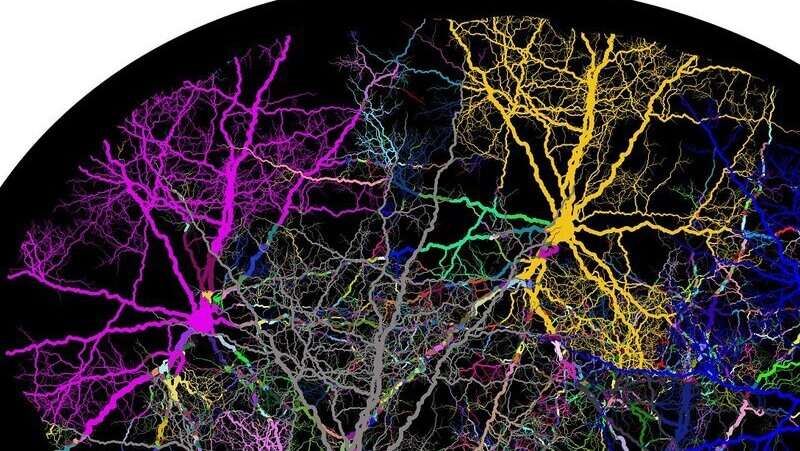
The research group of Takao Kohno (Nagoya City University) and Mitsuharu Hattori (Nagoya City University), Takahiko Kawasaki (National Institute of Genetics), and Kazunori Nakajima (Keio University School of Medicine) found a new mechanism by which superficial neurons correctly develop their dendrites. The results of this research were published in The Journal of Neuroscience, a journal published by the Society for Neuroscience.
The mammalian neocortex has an orderly and beautiful six-layer structure. Neurons in each layer develop the dendrites and form a normal network. Recently, it has been reported that dendritic abnormalities are found in patients with psychiatric disorders such as schizophrenia and autism. Therefore, understanding the mechanism by which dendrites are normally formed is important for the understanding those disorders. A large secretory glycoprotein called ‘Reelin’ is essential for brain formation. Reelin plays various roles depending on the developmental stages, but its specific mechanism has not been understood. The research group has reported that the C-terminal region of Reelin, which is highly conserved among species, is required for dendrite development of superficial-layer neurons in the neocortex. Here, Dr. Kohno and his colleagues identified neuropilin-1 (Nrp1) as a novel Reelin receptor. Previously, Reelin was found to undergo cleavage at 6 amino acids from the C-terminus (Kohno et al., 2015), but interestingly, the cleaved Reelin did not bind to Nrp1, indicating that the presence of 6 amino acid residues (0.17% of the total) regulates the binding between Nrp1 and Reelin.
In the mouse neocortex, Nrp1 and VLDLR were co-expressed in superficial-layer neurons and form a protein complex. Furthermore, Nrp1 enhanced the binding between Reelin and VLDLR, and the Reelin-Nrp1 interaction was necessary for the apical dendrite development in superficial neurons. These results suggested that a new mechanism mediated by the Reelin-Nrp1 interaction regulates the superficial-layer formation.
Source: Read Full Article



